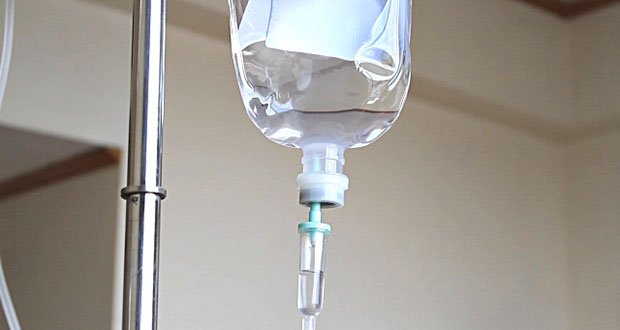Project Report For Saline Manufacturing Plant
Introduction
Project Report Sample for Saline Manufacturing Plant is as follows.
Saline is a solution of sodium chloride (salt) and water. It is often referred to as saline solution. Cleaning wounds, removing and storing contact lenses, and treating dry eyes are just a few of its medical applications.
The word “saline solution” is used to refer to sodium chloride solutions of various strengths. The most popular saline solution is often referred to as physiological saline or normal saline solution and is essentially a 0.9% sodium chloride (NaCl) solution. The World Health Organisation (WHO) has included saline solution on its “essential list of medicines” since it is the most often used intravenous solvent system for parenteral distribution. A parenteral fluid and electrolyte replenisher is sterile saline solution.
Sample Project Report On Saline
Manufacturing Plant
Get Completely Custom Bankable Project Report
The normal saline solution (0.9%) has a sodium chloride (NaCl) concentration of 900 mg per 100 mL of water (or 422 X 5e-20 in terms of 5e concentration). The normal saline solution therefore has 154 mmol per 1000 mL.L-1 of sodium ions and 154 mmol.L-1 of chloride ions, or a 1:1 millimolar concentration of sodium and chloride ions. The usual saline solution has an osmolarity of 308 mOsmol.L-1 with a pH of 5.6 (the pH scale runs from 4.5 to 7.0).
In water, sodium chloride splits into sodium and chloride ions (Na+ and Cl-). The major cations in the extracellular fluid are sodium ions, which are vital for maintaining fluid balance and electrolyte harmony. While during the oxygen and carbon dioxide exchange that takes place in red blood cells, chloride ions act as a buffer. Both sodium and chloride ions are kept in balance by the kidneys’ distribution and excretion systems.

Saline solutions have a wide range of uses, including diluent in infusions, fluid replacement, electrolyte balancing, contact lens storage, wound cleansing, dry eye syndrome, and before starting and stopping the blood transfusion process. In a nutshell, saline solution is used to replace electrolytes and fluids as well as to clean and rinse wounds.
Saline solution falls under the category of “Crystalloid solution,” which is intended for intravenous delivery. Crystalloid solutions are liquids designed for intravenous delivery that are made up entirely of water-soluble electrolytes and do not contain any proteins or other insoluble substances. In chemistry, a solution is defined as a mixture of soluble electrolytes, and crystalloid fluids are solutions since they exclusively contain soluble electrolytes.
Market Potential Of Saline Manufacturing Plant
The market for saline solutions in India reached US$ 518 million in 2021. The market is anticipated to grow at a CAGR of 10.0% between 2022 and 2027, according to the IMARC Group, reaching US$ 925 million by 2027.
Expenses

Product Cost Breakup

Reveneue Vs Expenses

Market Trend

The need for saline solutions in India is primarily being driven by the increasing prevalence of several chronic conditions, such as cardiovascular diseases (CVDs), neurological disorders, cancer, etc., that frequently call for surgeries and hospitalisation. As a result, the need for saline solutions is being further increased by the rising incidences of hyponatremia (sodium deficiency), particularly among the senior population. Additionally, the country’s market growth is being fueled by the ongoing improvement of medical facilities as well as growing consumer awareness of early disease detection and effective treatment.
Additionally, as more people engage in physical activity, saline solutions are becoming more widely used to treat chronic dehydration, which can lead to fatigue, appetite loss, irritability, etc. In addition, a number of companies are introducing simple-to-use, transportable packaging materials for saline solutions that can be used as drips in homecare settings.
As part of the “Make in India” push, the Indian government is also concentrating on boosting local production of saline solutions, which is another important element spurring growth. Saline solutions are more in demand as a result of the rapid COVID-19 pandemic outbreak because they help patients who have been admitted to the intensive care unit (ICU) get the vital nutrients they need.

